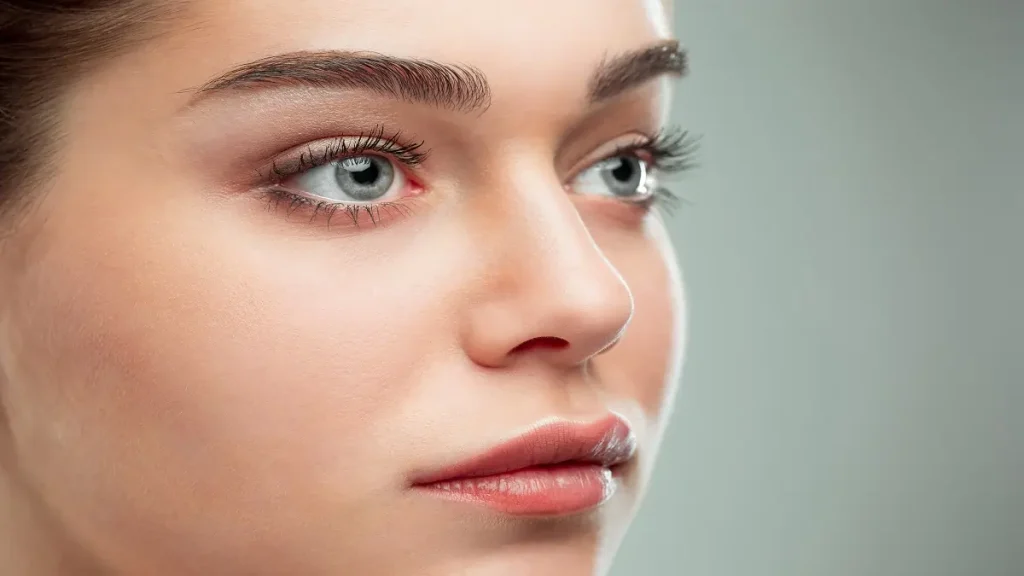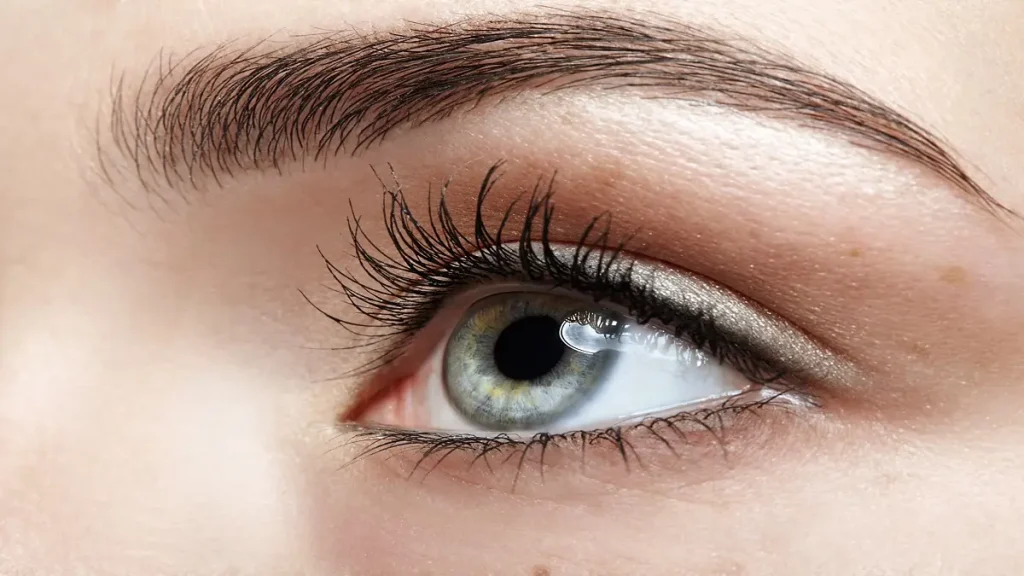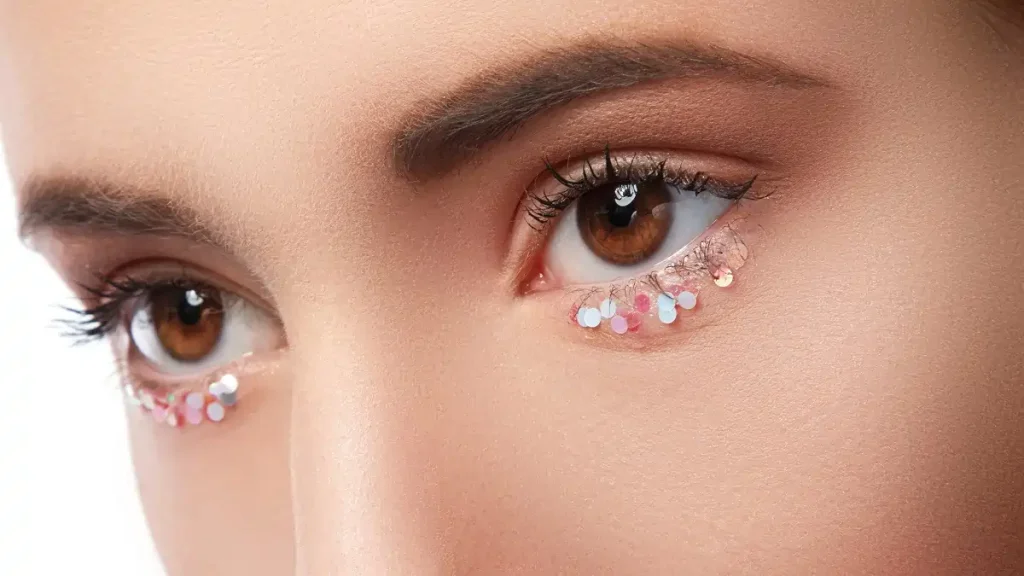Scarring can be a potential side effect of eyelid surgery, with visible scars and bumps around the incision areas being common concerns. The extent of scarring can vary depending on factors such as genetics, the patient’s age and skin type, and the surgical technique used.
Visible scars are typically situated within the natural creases of the eyelids to minimize their visibility. However, despite the best efforts of the surgeon, scarring is an inherent part of the healing process. Some patients may develop hypertrophic scars, which are raised and thickened, or keloid scars, which are larger and extend beyond the original incision site.
To effectively manage scarring, scar revision procedures can be performed. Scar revision aims to improve the appearance of the scar and minimize its visibility. This can be achieved through various techniques, such as excision, laser treatments, dermabrasion, or steroid injections.
When performing scar revision for eyelid surgery patients, several steps are involved. Firstly, thorough examination and evaluation of the scar are conducted to determine the most appropriate revision technique. This may include assessing the scar’s size, texture, and placement. Secondly, a local anesthetic is administered to ensure the patient’s comfort during the procedure.
Next, the surgeon carefully removes or adjusts the scar tissue, depending on the technique chosen. This may involve excising the scar or using laser or dermabrasion to resurface the skin. Steroid injections may also be administered to reduce any inflammation or bulkiness surrounding the scar.
Patients can expect some post-operative care following scar revision, such as keeping the area clean and applying topical ointments or dressings as instructed by the surgeon. Over time, the scars will gradually improve in appearance but may never completely disappear. Nonetheless, scar revision procedures can significantly minimize the appearance of noticeable scars and bumps, restoring a more aesthetically desirable outcome for patients who have undergone eyelid surgery.









